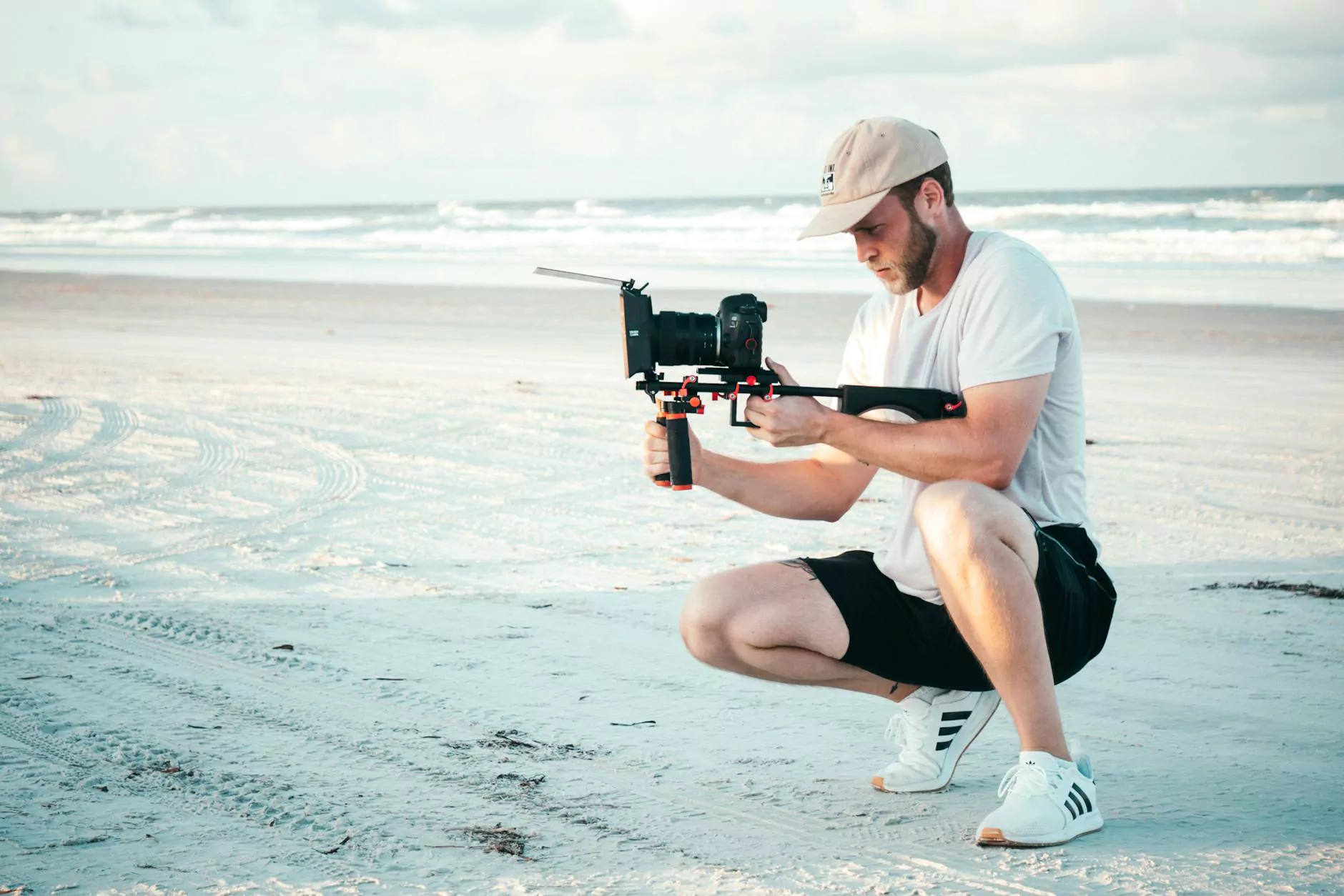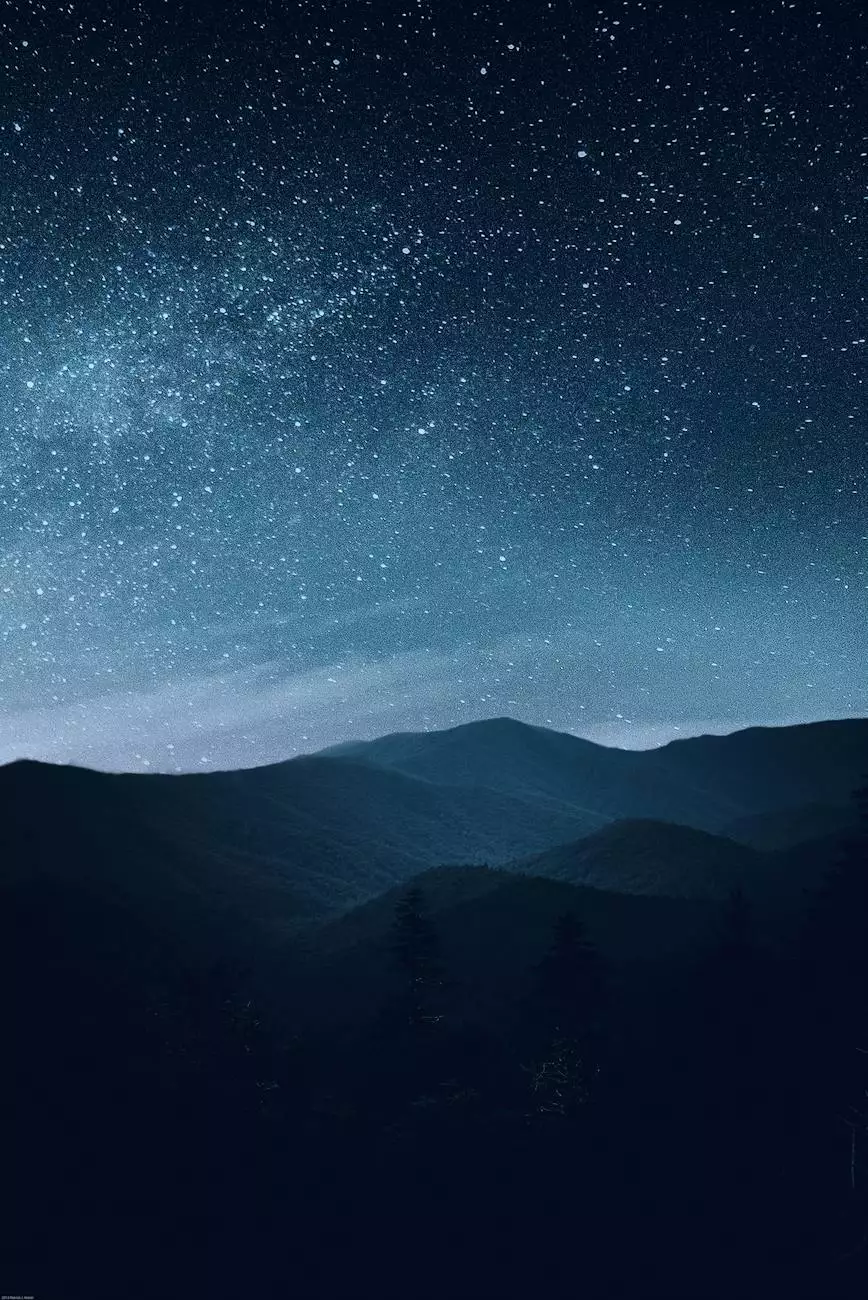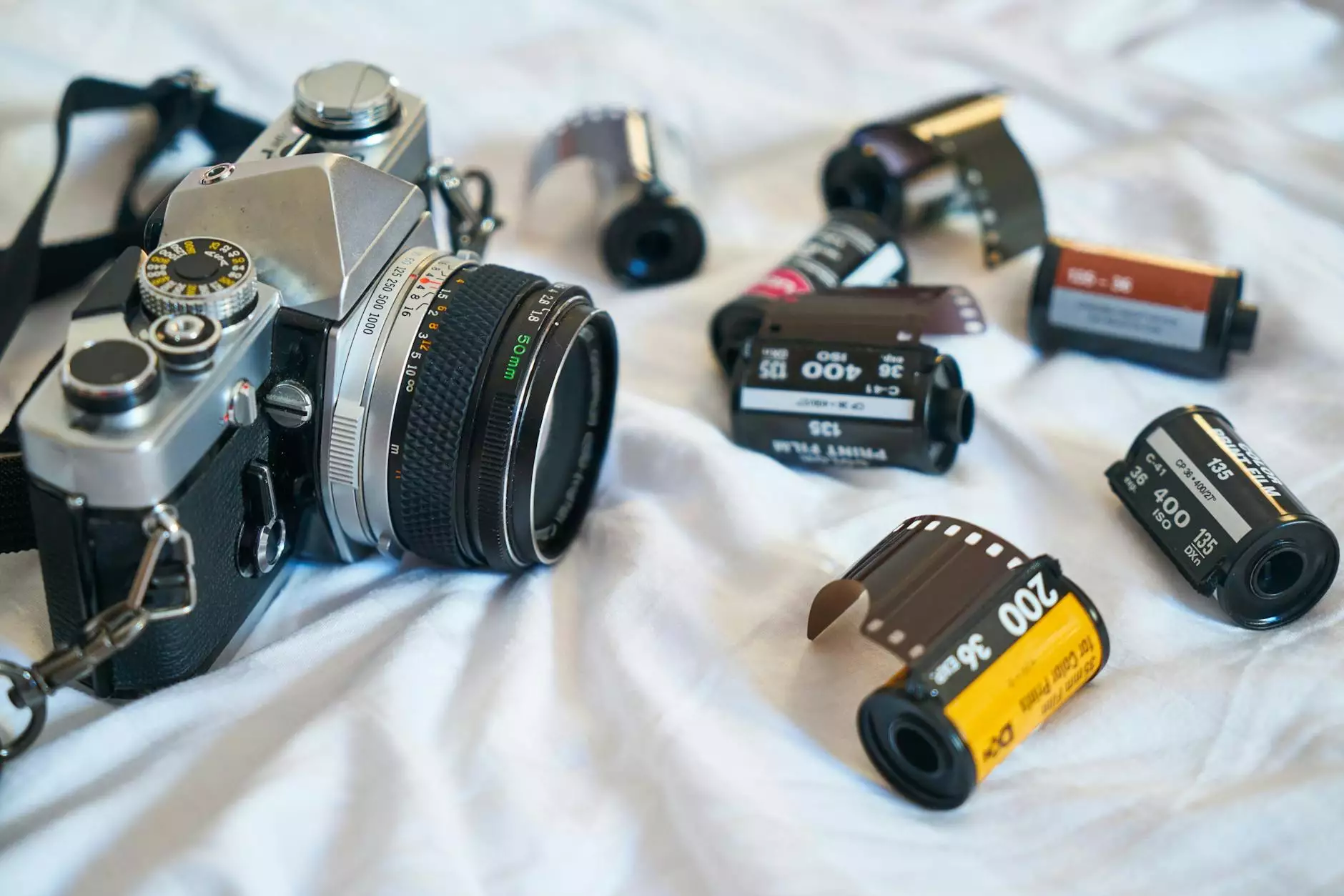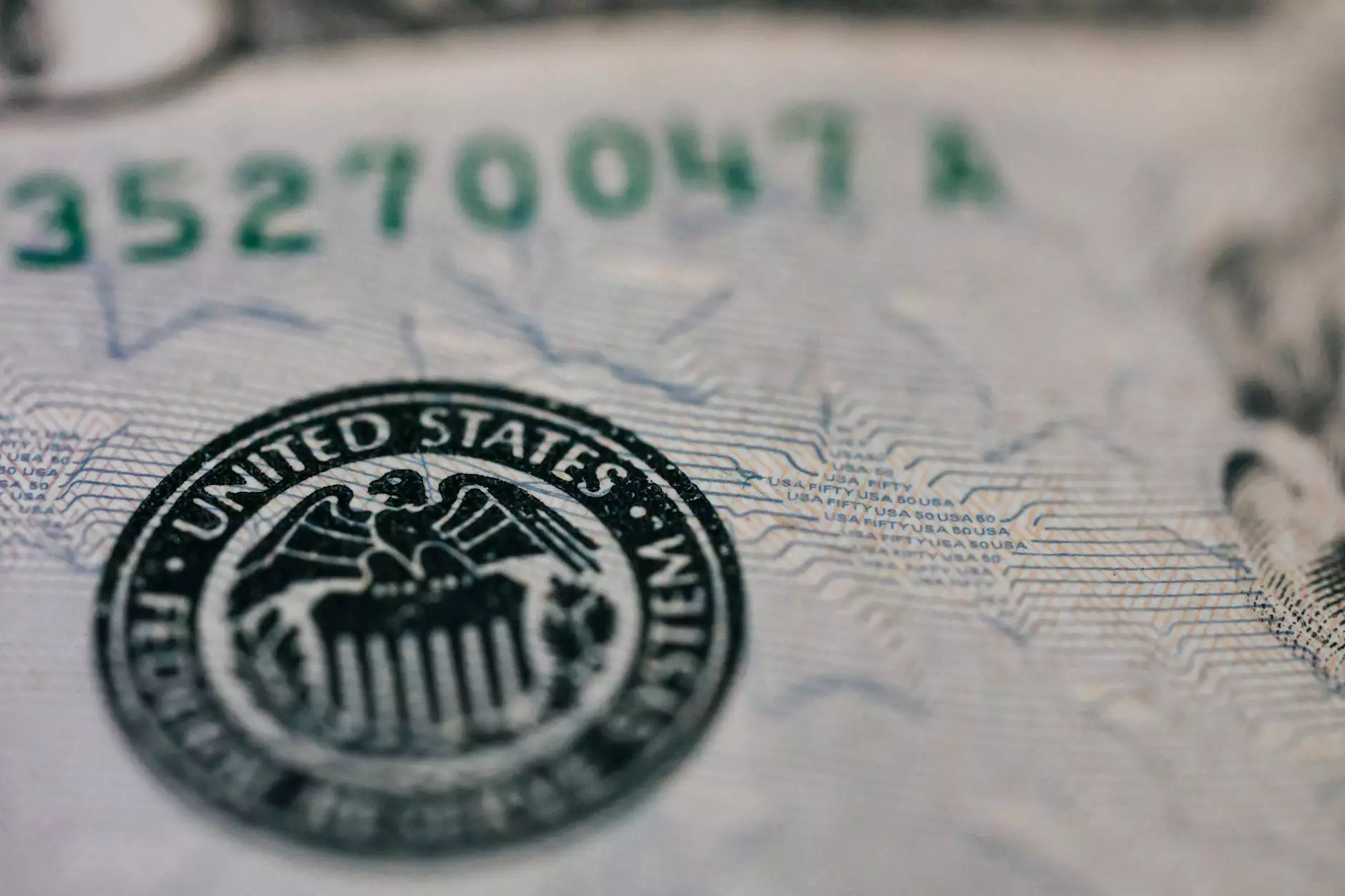A Brand Licensing Timeline Infographic
Education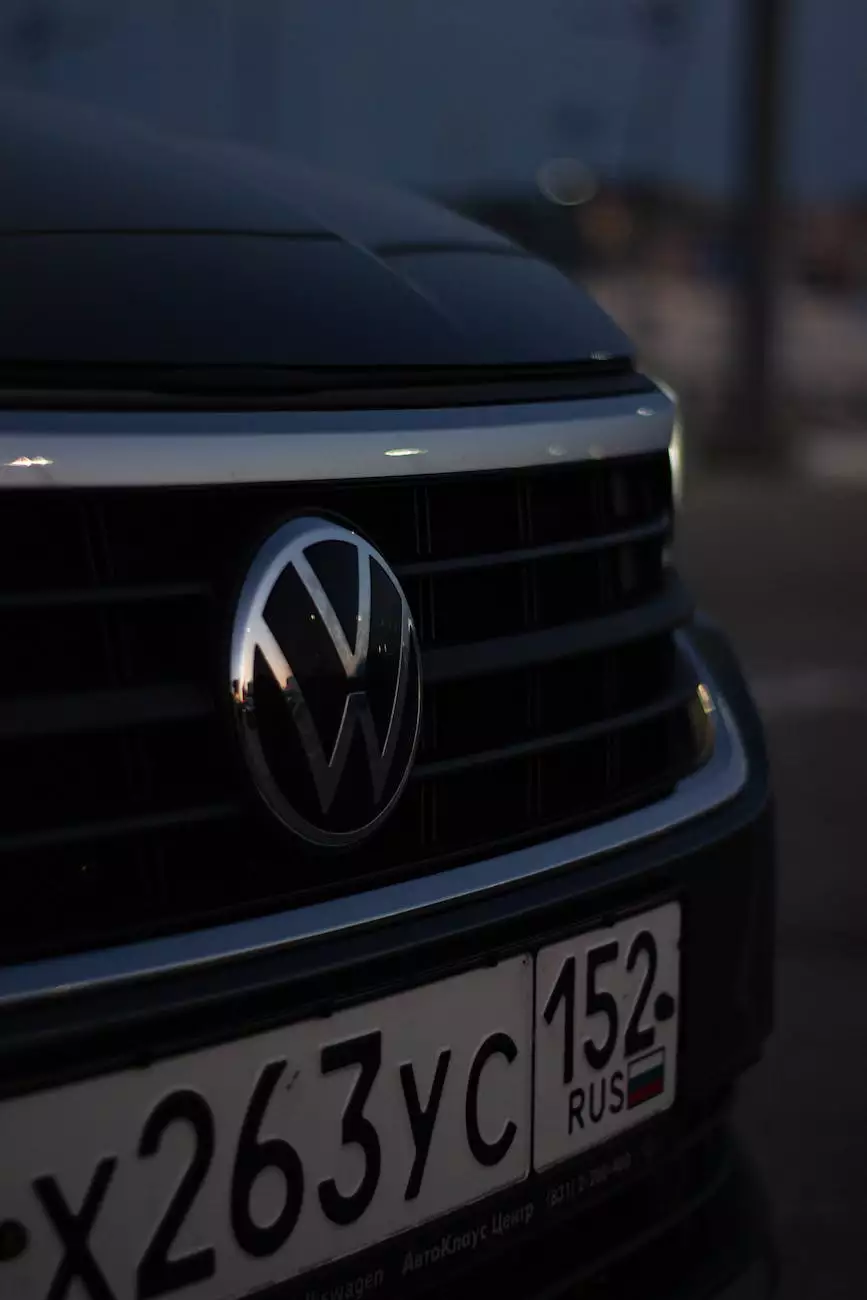
Welcome to Roxanne Weber, VOA's comprehensive timeline infographic on the fascinating evolution of brand licensing through the decades. In this detailed exploration, we will take you on a journey through the history, growth, and impact of brand licensing in the business and consumer services industry.
1. The Early Years: 1900-1940
During the early 1900s, brand licensing began to emerge as a strategic way for companies to expand their reach and monetize their brand equity. The concept was simple yet effective - allow other businesses to use their brand name, logos, and trademarks in exchange for a licensing fee. This era witnessed iconic licensing deals such as Mickey Mouse appearing on merchandise and Coca-Cola granting its logo to various products.
2. The Rise of Licensing: 1940-1980
From the 1940s to the 1980s, brand licensing experienced significant growth and entered new industries. As consumerism boomed and popular culture flourished, licensing partnerships became more prevalent. Companies like Disney, Marvel, and Warner Bros. capitalized on their iconic characters and expanded into various product categories, from toys and apparel to home goods and entertainment.
3. The Golden Age: 1980-2000
The 1980s and 1990s witnessed a golden age for brand licensing. This period saw an explosion of licensing deals in entertainment, sports, and fashion. Movie franchises like Star Wars and Batman became highly sought-after licensing properties, while athletes and sports leagues embraced licensing as a means to connect with fans and generate additional revenue. Iconic fashion designers also entered the licensing arena, lending their names to perfume, accessories, and more.
4. Digital Revolution: 2000 and Beyond
The turn of the millennium marked a significant shift in brand licensing with the advent of the digital revolution. With the rise of e-commerce, social media, and online streaming platforms, brand licensing found new and innovative avenues for expansion. Companies began leveraging digital platforms to reach wider audiences, collaborating with popular influencers, and creating immersive brand experiences through virtual reality and augmented reality technologies.
5. Impact and Future Trends
The impact of brand licensing on the business and consumer services industry cannot be understated. It has provided companies with additional revenue streams, extended brand visibility, and facilitated expansion into new markets. Additionally, brand licensing has allowed consumers to engage on a deeper level with the brands they love, with licensed products and collaborations often generating excitement and loyalty.
Looking ahead, the future of brand licensing holds promising opportunities. As technology continues to advance, the integration of artificial intelligence and smart devices may further revolutionize the licensing landscape. Additionally, global markets offer untapped potential for brands looking to expand their reach and cater to diverse consumer preferences.
Conclusion
Our brand licensing timeline infographic provides a comprehensive overview of the historical milestones, growth, and impact of brand licensing in the business and consumer services industry. From its early beginnings in the 1900s to the digital age of today, brand licensing has evolved into an invaluable strategy for companies to enhance their brand equity and create meaningful connections with consumers.
At Roxanne Weber, VOA, we understand the importance of brand licensing in the ever-changing business landscape. As a leading website development agency, we offer expert guidance and solutions to help businesses navigate the intricacies of brand licensing and leverage its potential for growth and success. Contact us today to learn more about how we can assist you in maximizing the power of brand licensing for your business.


